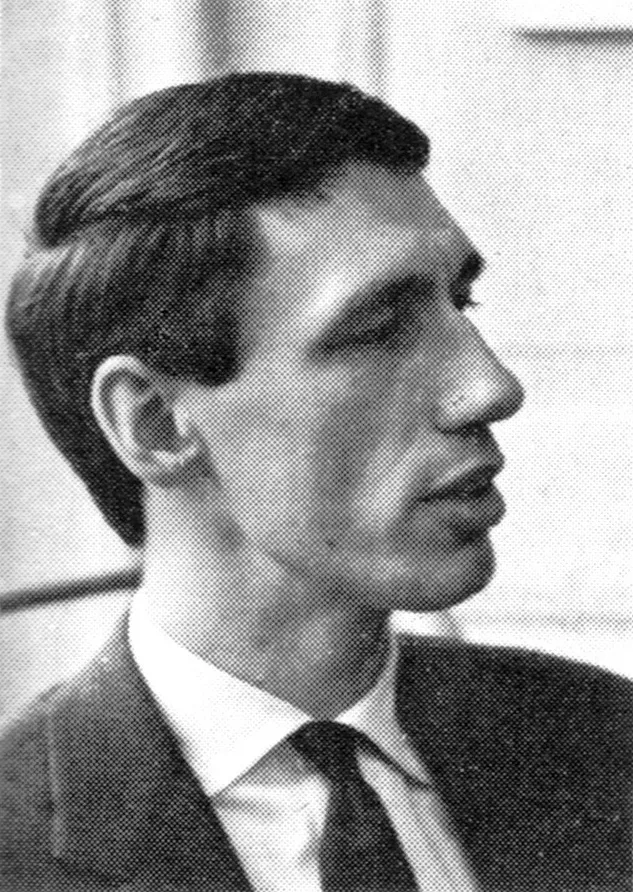Both the And So To Embroider & And So to Sew bulletins were published by the Needlework Development Scheme. Established in 1934 and operating until 1961, the scheme was a partnership between educational establishments (Scottish art schools, Aberdeen, Dundee, Edinburgh and Glasgow) and industry.




